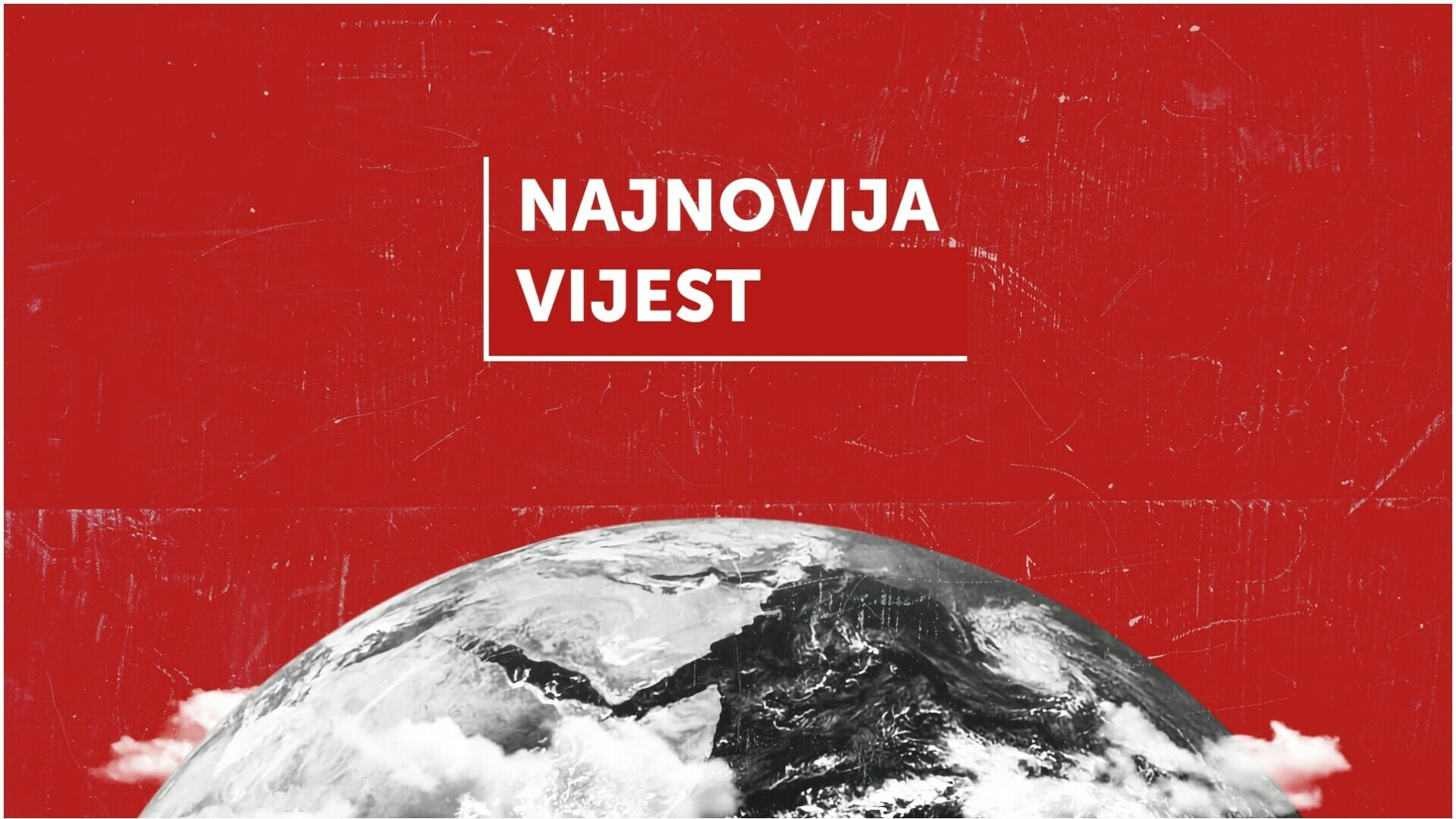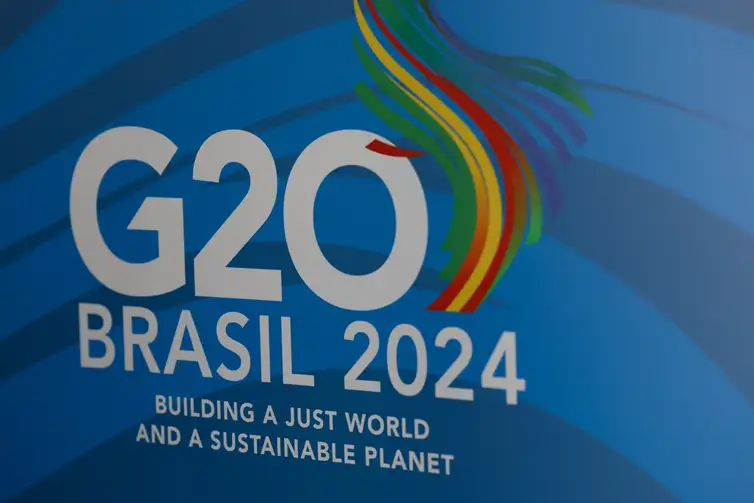Shift in Tactics: Allies Back Offensive Strikes
A transformative shift in Western policy emerges as the US, Germany, and other allies authorize Ukraine to use supplied weapons on Russian soil, challenging the combat dynamics in Eastern Europe.
Published June 01, 2024 - 00:06am

Image recovered from bostonglobe.com
As the conflict in Ukraine escalates, a significant shift in Western military aid dynamics has surfaced with reports from various sources indicating amendments in the policy regarding the use of Western-supplied weapons by Ukraine. The Boston Globe and Washington Examiner, among others, have highlighted recent approvals by President Joe Biden granting Ukraine the ability to conduct 'counterfire' against Russian forces attacking or preparing to attack them, specifically within the Kharkiv region. This development marks a potential turning point in the ongoing conflict in Eastern Europe.
In a detailed overview of the situation, it is reported that the new measure from the Biden administration allows for limited strikes into Russia using the U.S.-supplied ATACMS, a long-range missile system. This exception has been implemented in response to Ukraine's dire situation as it contends with relentless artillery, missile, and aerial bombing campaigns from Russian forces, notably in the Kharkiv region. NATO allies have voiced support for this decision, with countries like the UK having previously allowed Ukraine to use its Storm Shadow systems for strikes anywhere within Russia, as indicated by sources like the Irish Times.
Amidst the backdrop of a stretched Ukrainian military and a Kremlin army that is both larger and better equipped, this operational latitude aims to mitigate Ukraine's disadvantages due to troop and ammunition shortages. An important facet is the reported frustration among Ukrainian officials over restrictions that limited their ability to target Russian forces and bases across their border, which has now been alleviated to some degree as per details shared from the German government and corroborated by State Department officials.
Commentary and editorials, such as that from news.postimees.ee, stress the need for lifting self-imposed restrictions that have hindered Ukraine's military responses. Retired Lieutenant General Ben Hodges is among those who have pointed out how such limitations have inadvertently prolonged the conflict. Understandably, the fear of escalating into a broader war with a nuclear-armed Russia has largely guided these restrictions. The debate on whether to allow more offensive military operations has been contentious, frequently balanced against the risk of broader conflict versus the obligation to support Ukraine's right to self-defense under international law.
As the landscape of the Ukraine-Russia conflict continues to evolve, the international community watches closely, particularly following reports from the German government and US statements affirming a certain degree of support for Ukraine to retaliate against Russian-origin attacks. This pivot in strategy entails a complex and dynamic interplay of military tactics, geopolitical maneuvering, and the overarching pursuit of deterrence against further aggression.
The recalibration of military aid to Ukraine signifies deeper involvement of the United States and NATO in the conflict, a situation that Russia has vocally criticized. The Kremlin regards the Western military aid as a direct provocation and has warned of unspecified consequences if the aid continues to facilitate Ukrainian strikes within Russian territory. Despite this, the Western narrative has been firm, illustrating the assistance as an obligatory measure to preserve Ukrainian sovereignty and territorial integrity.
In further developments, military analysts have assessed that the provision of advanced weaponry to Ukraine could act as a deterrent, preventing the Russian Federation from intensifying its military campaign. These assessments often include the possibility that enhanced Ukrainian capabilities could lead to a strategic stalemate, potentially opening the door to diplomatic negotiations. Nevertheless, the prospect of peace talks seems distant, with both sides showing little inclination towards compromise at this stage.
The significant expansion of American and NATO support comes as international bodies, such as the United Nations and the European Union, grapple with the conflict's broader implications. Economic sanctions imposed on Russia and humanitarian assistance for Ukraine have been central to their strategy. However, the efficacy of these measures remains a subject of international debate. Humanitarian organizations, meanwhile, continue to raise concerns about the war's devastating impact on civilians and the worsening humanitarian crisis.
Within Ukraine, public sentiment towards the Western aid has been broadly positive. Many Ukrainians see the support as vital for their nation's survival and view the advanced military systems as a means to level the playing field against Russia's superior firepower. Ukrainian President Volodymyr Zelensky has frequently expressed gratitude for the help received from international partners and has urged for sustained and increased aid.
The dynamic of the conflict has indeed changed with the provision of high-tech weaponry like the ATACMS. Military experts suggest that such arms transfers may shift Russia's war strategy, potentially causing Moscow to rethink its tactical deployments and logistics. In any case, it's clear the stakes are higher than ever, with the global community vigilantly monitoring the situation, hoping to avoid any miscalculations that could lead to even greater escalation.







